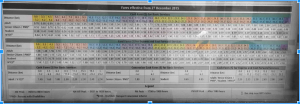Colour Kinetics
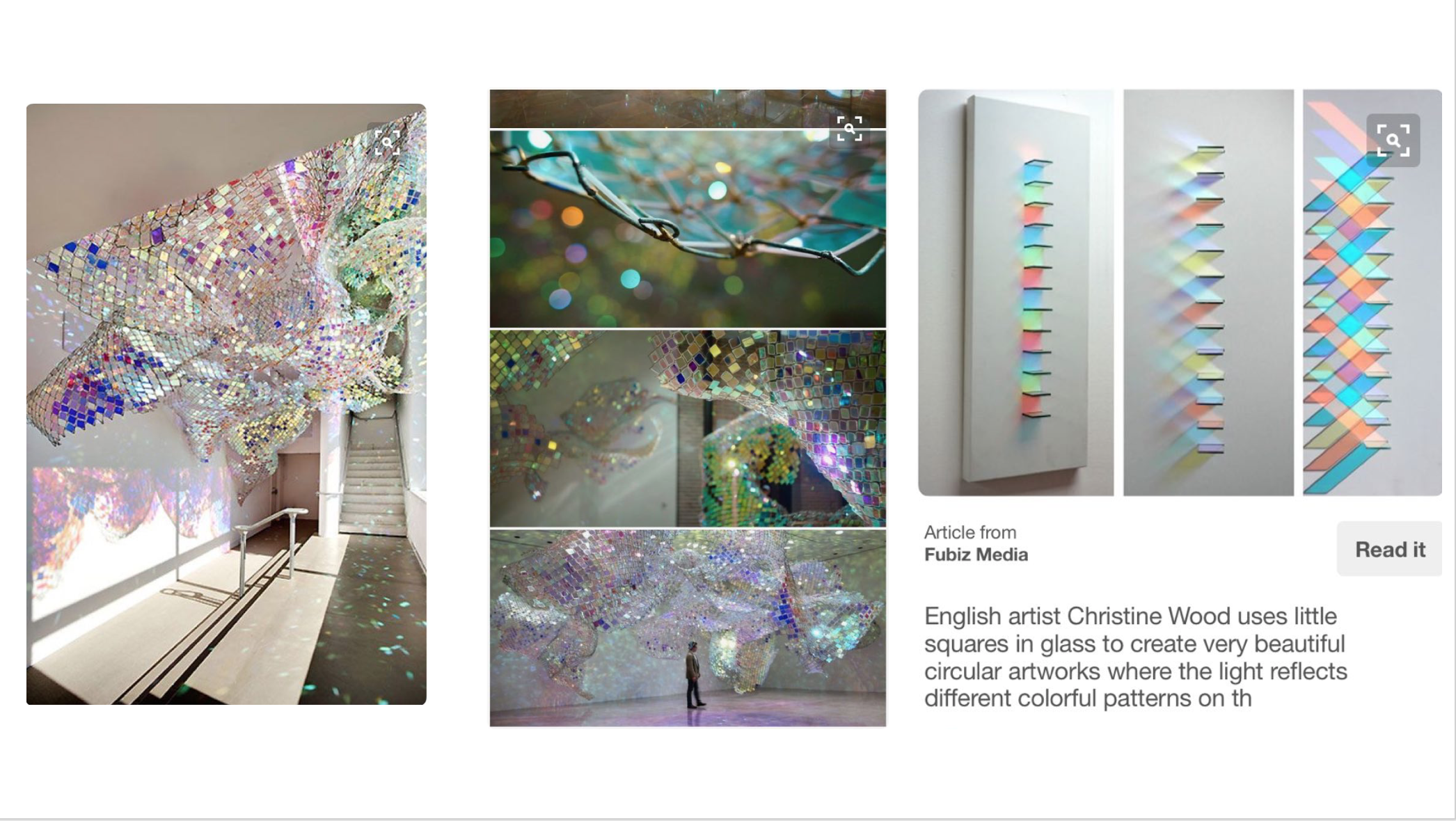
Colour Kinetics

Part 1: Write a response to the exhibition “Future World”. Keep in mind the following questions – What is experience design and what are the possibilities of responsive environments? How might this change the way we think about the world around us and the ways that we communicate with each other?
Future world was an eye opening experience that were filled with discoveries of the interaction between people and the projected designs. As we stepped into the different interactive ‘zones’, without actually given any direct instructions, the space invokes the curiosity within the different audiences and it was a metacognitive experience as we learnt to interact with the spaces by trying and by observing. The whole experience somehow felt like it brought us back to our younger days when everything around us was a playground projected from our imagination and as such the aesthetics revolves around ‘play’ to which I felt was relevant.
It was interesting how an empty room could be transformed into an interactive space which could also be seen as a digitally projected playground. The thought behind every interaction linked to a poetic narrative somehow makes the experience felt welcoming and easily relatable. It was crafted with the understanding of nature and how our interactivity within the space would cause the different feedbacks to the projections, in which an example was the death of a butterfly someone were to interact with it.
Although there were many other interesting exhibits, I wouldn’t go about explaining every single one. But what exactly is experience design? How do we bring about crafting the different experiential qualities through observing human interactions? Through the end the exhibition, I felt that experience design is not truly limited to the available space that we have but to open up to the possibilities of how we could design an experience from the surrounding objects. To design experience, we would need to keep in mind of the response or feedback through our interaction and the emotional quality it might produce.
I believe that the possibilities for a responsive environment is possible but would still be limited to an extent due to various constraints. As an example, the exhibition ‘Future World’ would not be possible if it was curated in a well lighted environment as it mainly deals with projections. Also if it were possible to create projection interactivity in the entire city, the amount of electricity consumption would be massive. However, if in the near future that our lives revolves around projection mapping, our day-night cycle might even be reversed to which everything comes to live at night and dims down in the day.
Part 2: Start to work on final project proposals – prepare three ideas for a screen-based experience that you’d like to create (it can be speculative). Prepare a slide show to illustrate your ideas. The ideas can be based on any of the field trips done so far or can be something completely new.
1. City Rampage

Floor based projection in which you need to carefully traverse through the narrow paths to prevent the destruction of the city. Or you could just go on a rampage and destroy everything.
2. Shadow Zoo

Creatively sculpt shadows with your hands to resemble an animal and watch it be released into the wild as it interacts with the other surrounding animals!
3. Shadow Swap

Interact with someone else’s shadow by mimicry or troll each other through the use of body language.
Part 3: Find 3 examples of a product/project that you think are good examples of thoughtfully designed user experience. Be prepared to support your choices.
1. Renault Twin’Z by Ross Lovegrove

2. HENG Lamp by Zanwen Li
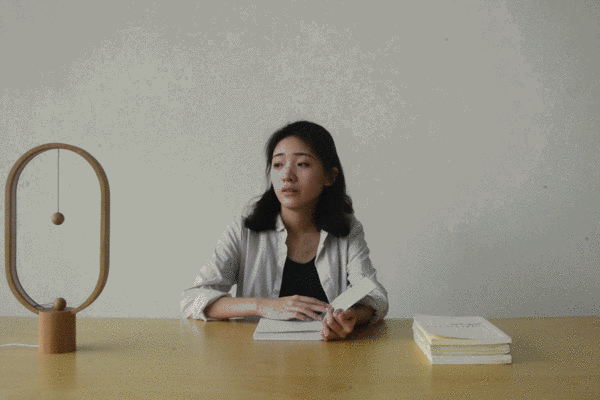
3. Bevel Cup by Zhou Buyi


Part 4: Reading
This weeks reading is on CH01 Designing for the Digital Age by Goodwin.
It provides insights and clarification to what a design process is actually about describes the structure that could generally be used to design a successful product. Many a times we as practicing designers come across a situation where a question such as, “What’s the difference between art and design?”. This reading summarises concisely and precisely what design is and the differentiation between art, design and science.
An interesting argument was made to which the experience design that designers crafted out be it through human-centered design or service design is a presumptuous process. A designer can go through many researches and study of human interaction but there is still a limitation to determine exactly what someone experiences as everyone brings their own attitudes and behaviours to the field.
The other point that was brought up was, ‘To design a successful product is to focus on achieving goals’, which explains the methods or framework a designer could use as reference to craft out a more holistic design.
Day 1 – 13/9/2016 – Log of HP usage
0752am – Check phone battery and to reply Whatsapp messages. Batt requires recharge. Charge
0911am – Checks phone battery and put it aside
0954am – Has some questions and sent a text message to friend for assistance. Puts away
1009am – Replied to couple of text messages. Put them away
1032am – Decided to kill some time and look at Instagram updates in the train. Read some articles on Reddit
1124am – Sent a text message to a friend asking her whereabouts
1431pm – Took a peek for any notifications and battery’s remaining charge
1458pm – Checked Instagram updates
1543pm – Checked battery’s remaining charge. Left it to charge
1821pm – Took it off power supply. Read some manga
1900pm – Replied to couple of text messages
2211pm – Look at some posts on Snapchat and watch some Youtube videos and phone left untouched till next day
The first obvious sightings of mobile devices are usually in public spaces. Specifically in public transport when there is time to kill. Most common things to see on the screen would be replying of text messages, checking of social media or watching videos. The next common spaces would be eating areas and waiting areas. Mobile devices are taken out to kill time and reduce their sense of awkwardness while being in a public space.
Day 2 – No use of digital and mobile devices
I decided to attempt this exercise on the day that I would be staying at home thinking that it would be easier as I was determined to finish up on all the hands on work that I have remaining. When I was about to begin, I had to stress to myself thinking what was on the priority list. I usually keep track of my to-do lists in the main page of my phone as a reminder for datelines and which has more priority over the other. As most of my other works are kept digitally, I couldn’t refer to any.
In the midst of doing work, I decided to take a break and a usual practice of mine is to look at some Youtube videos before getting back to work and I remembered about this exercise. Not knowing what to do, I laid down on my bed and took a nap. It was torturous for a whole day not being connected to the internet. But what I realised was that, I was more inclined to more physical activities like going out for a short walk and etc to relax my mind instead of staring at the screens of my devices during every break I had.
———————————————————————————————————-
This week’s reading is CH 1 from Jonas Löwgren and Erik Stolterman, Thoughtful Interaction Design, providing insights on the overview in interaction design.
A designer should constantly be questioning and be reflective on the design issue. An issue addressed should never have an immediate solution as this defeats the design process. As mentioned in the reading, the design process is always ongoing and is impossible to predict the design work. Designers should always be creating new conditions for design and produce different patterns of thinking and acting. Most importantly, we should always be improving and exercising thoughtful design.
Thoughtful design should be empathetic and not be overly focused on the brief and the criteria set by the clients. As designers, there is a need to weigh every elements involved in a particular project which includes the designer, the resource and the situation. When the need arise to tackle uncertainty and involves great risks, a designer should be considerate about his choices and decisions and to hold responsibility for the outcome.
It also mention that aesthetics should not be neglected and underestimated despite the chaos of all the design process. Aesthetics also has a role in impacting the experience as a whole. Being a designer, we hold the power to influence how we shape the outlook of the world we live in. Aesthetics is also essential on how the outcome is approached depending on how tacit the designer crafted it. A good design should be tacit and appropriate in its first impression by a user.
The reading also never specifically narrow down to the kind of design field applicable from this written knowledge. It also mention that it intends to provide design perspective for readers to widen their views and reflect on the implications. To extract the essence of understanding from this reading makes it easier without readers being judgemental on the content reference.
Qn 1. When attempting to challenge the unknown and taking on big risks, do we draw a line somewhere in this venture or allow it run wild?
Qn 2. Every designer has different design process, what would be the best method to share and cultivate our different approaches as a learning process?
This weeks reading Ch. 4 from Chipchase Hidden in Plain Sight looks into the mind set of how people interact with their belongings and how it changes their behaviors.
One of the things I found interesting was the range of distribution as a tool to conduct user study as well as the space around it. It would certainly be a useful technique in future observations as it widens the understanding of a certain user from how they perceive themselves to the way they perceive a certain space based on risks and conveniences.
The next point I found highly fascinating is the Mesh system. With all the access to the things we need without having to have ownership would certainly be a future I really look forward to. Let’s say in the future where every HDB apartments would not be allowed to have a kitchen built and as replacement, a common kitchen would be installed along every corridors. It would encourage social interactions with the neighbors, minimize food wastage through sharing of food. It could even increase sustainability towards the environment as the products or space shared would have an increase in its usage rather than being left to rust or disintegrate while unused.
Also, there could be a possibility in reducing crime rates and achieving social equilibrium as nobody owns anything but yet everyone has everything that they need. However, the enforcement for maintenance and sustenance has to be high for such a system to be achieved.
Qn 1: Would our ethical values be altered with an increase of availability of the Mesh system or would it be taken for granted?
Qn 2: With the aid of digitization and quick accessibility in point of reflection, how would we react with the circumstance of a network disruption?
———————————————————————————————————-
Example of an ubiquitous service:
The concept of Airbnb is in short an ubiquitous accommodation. It is a service of allowing mutual sharing of homes by a host to a visiting stranger from overseas coming over as vacation or etc. It provides further options and experience for accommodation to the guests instead of being tied down to staying in hotels and etc.
Example 2: Ikea Augmented Furnitures
Part 1: Think of a way in which you could develop an experimental map using images, sounds and stories. Some ideas… What else would we use if we didn’t use maps to find our sense of place? How would you map the sounds you hear every day? How would you map emotions? How would you map the overlooked peoples or places of Singapore?
Maps changes through time and so does the people around it. Maps are often overlooked as a device for finding directions and bearings to our destination. Everyone has different stories to tell and experience to share in different spaces. However a common but varied experience most of us share would be food or public eating spaces. Examples would be the neighbor that sells homemade Popsicle or the ice cream man on his bike that rings his bell routinely. Familiarity but yet distinct experiences would occur thus the notion of ‘common nostalgia’.
These experiences phases out and gets replaced over time and would vary through generations. One way to preserve these experiences would be to compile and archive all these hidden experiences. A recipe book of memories (Memory Recipe) would be a way to look at it. The idea of looking through a recipe book with visuals of how it actually looked like, a brief and general description perhaps and even details of how to recreate the hidden neighborhood delicacy.
As we look through the recipe book, we could reminisce through the difficulties that we had to go through to get that particular DIY Milo popsicle and tell the tale to the next generation with recipes to allow them to experience its goodness. A common recipe with different individuals would map out different stories, locations and experiences as not every neighbourhood is the same.
This is a response to week 1 reading that is by Donald A. Norman, The Design of Everyday Things (1988)
A good design is an intuitive design. An intuitive design speaks to you naturally. No graphics, visuals or manuals for users to respond to. They react to it naturally and understands how to react with the given circumstance. A good design is coherent in its visibility which maps the intended actions and actual operations.
Design practice nowadays tends to follow the trend of ‘minimalism’ or ‘simplicity’ with designers following blindly. The misconception of minimalism is often thought of removing as many visual cues leaving the product almost bare. Buttons are similar with one another with no visibility in the difference between its functions which is described from the reading as, ‘false causality’, and provides confusion for the user.
We as users blindly accepts these incoherent designs as common practice. ‘If I don’t know how to use it, it would just reflect negatively on me’, would be the kind of thoughts of a user who has no idea on how to use such a ‘simple’ product. Especially now that we are in the digital age where accessing information can be done quickly and easily.
This silent ‘acceptance’ by users would lead to designers further abusing the idea of ‘minimalism’ to their benefit. Products nowadays has so many hidden features and functions that are cleverly hidden behind the veil of minimalism that sometimes we as users has no idea that it has been around all along until the recent discovery by another.
Q1. How does a good design deal with minimalism but yet maps good visibility to its actual operations?
Q2. How would we as designers remind ourselves to not let ‘minimalism’ overshadow its functionality?
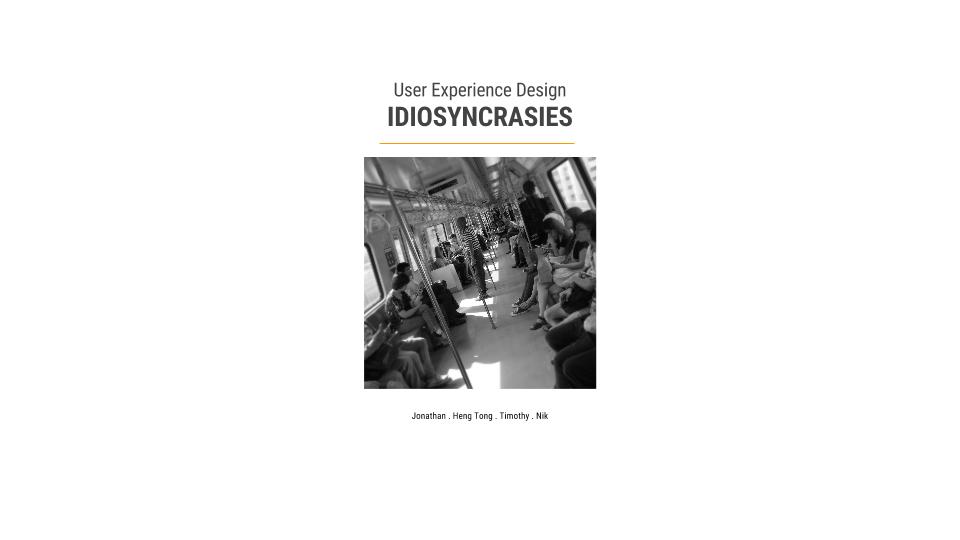
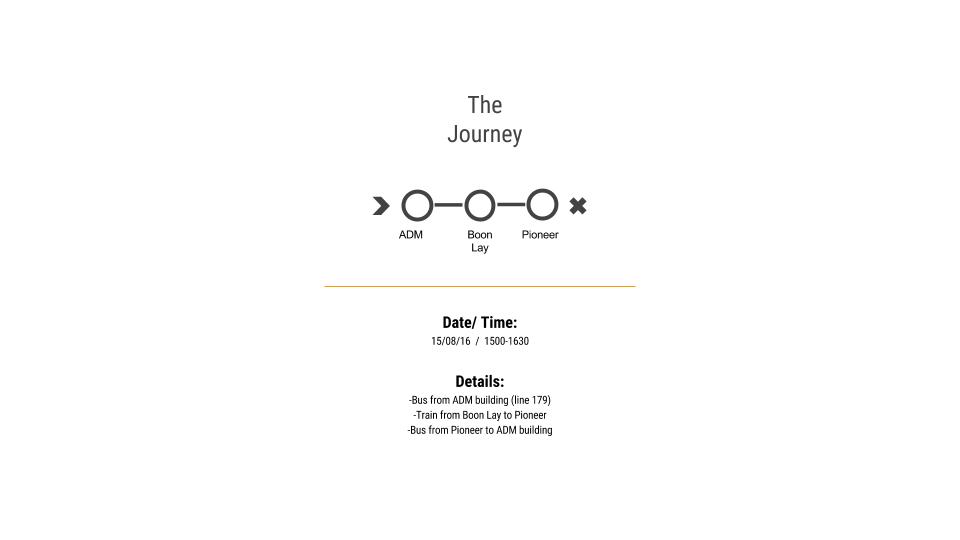
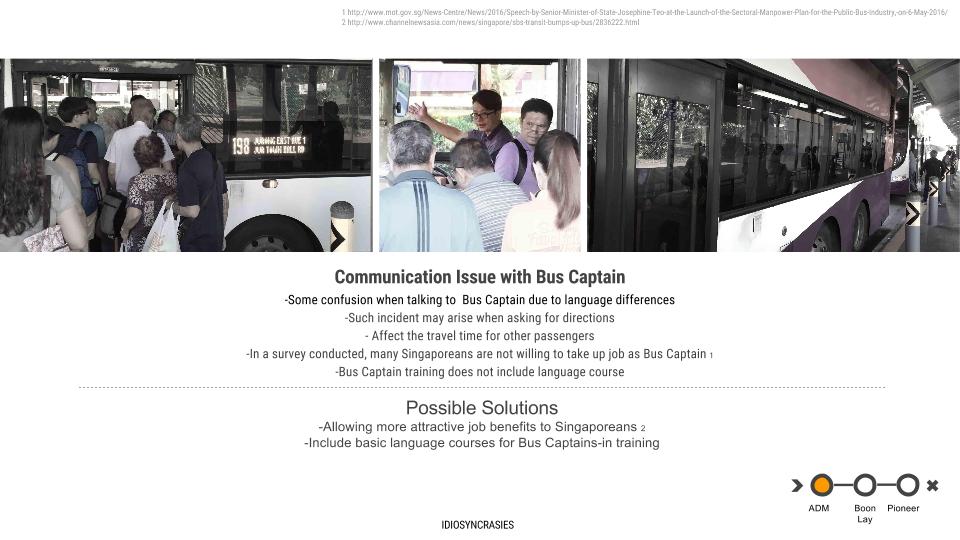
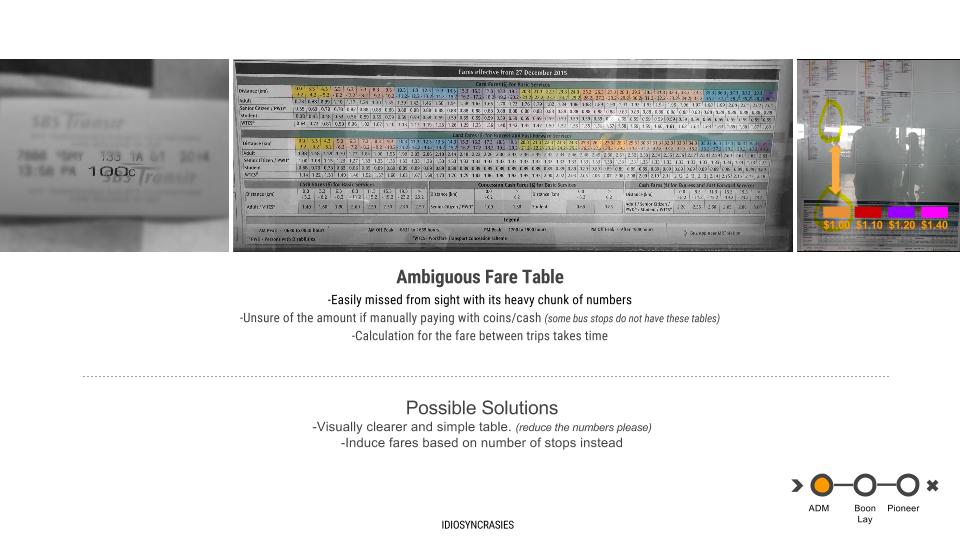
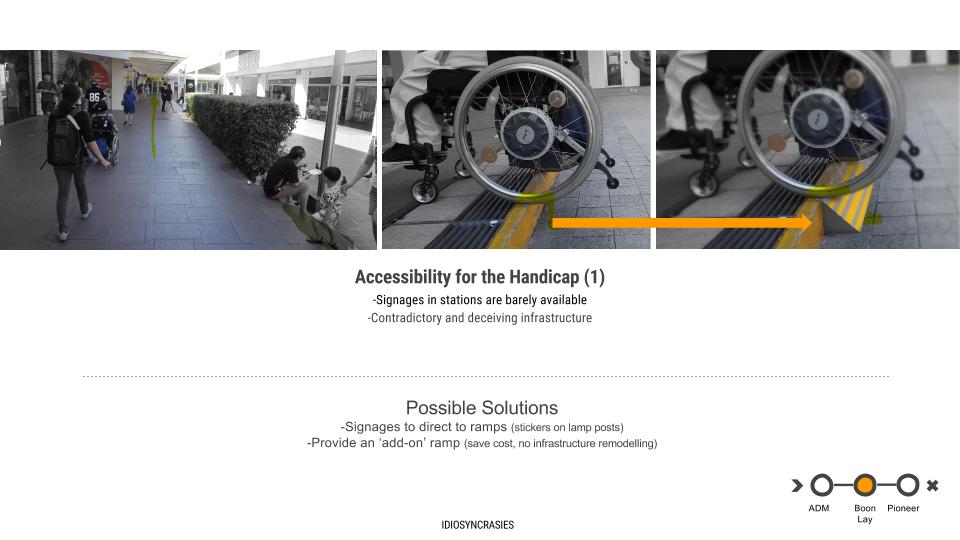
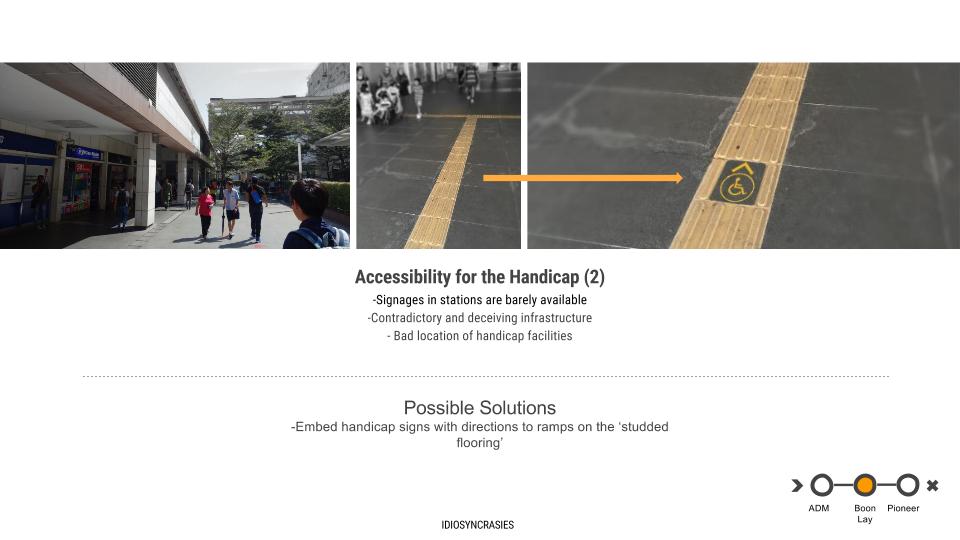
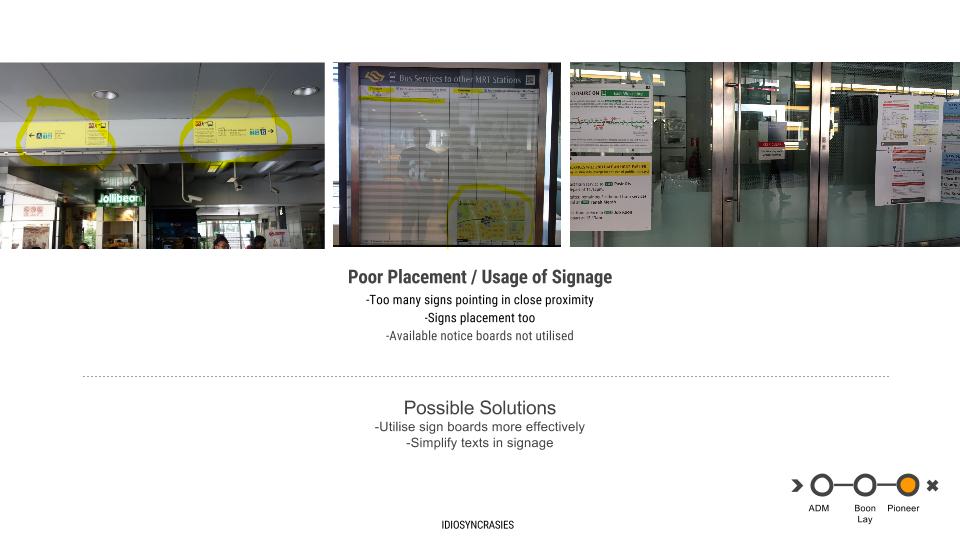
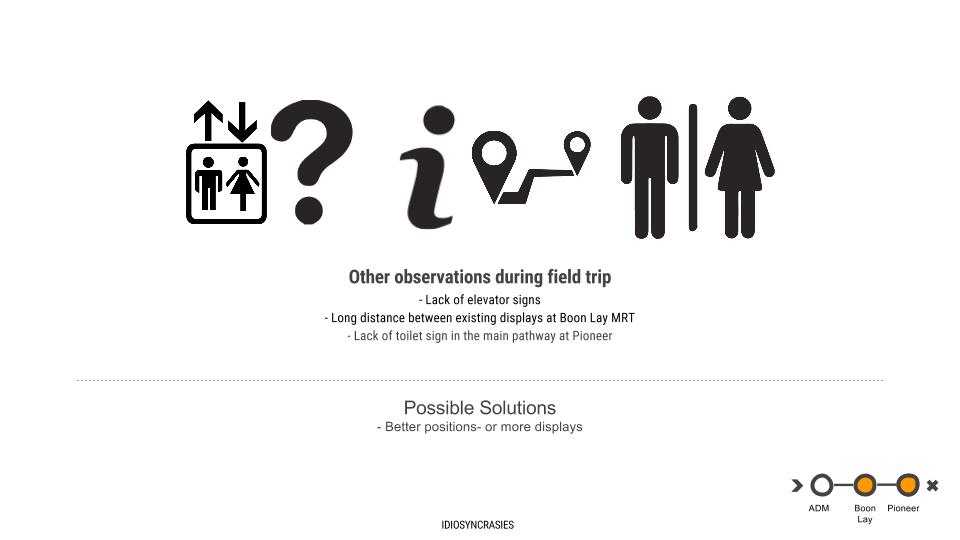
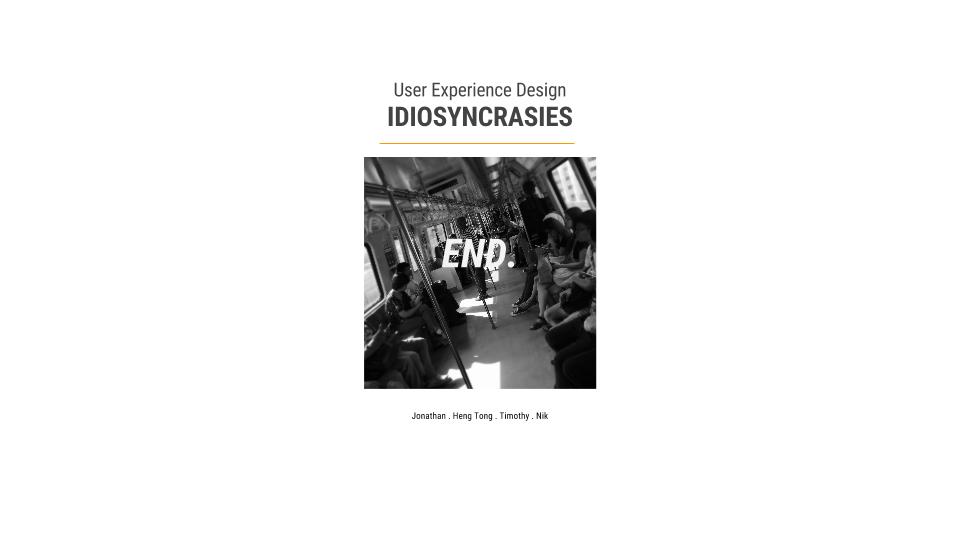
This week reading is a chapter on Jan Chipchase, Hidden In Plain Sight: How To Create Extraordinary Products For Tomorrow’s Customers.
After going through the reading, there were questions that I would subconsciously recall from the short trip out of school last week. Working and observing in groups as mentioned in the reading really does helps through meta cognitive learning. We also tend to turn a blind eye to signage be it in the form of notice boards or integrated in the infrastructure around us. Only when a situation arise would we frantically look for signage and we experienced this when we were looking for a ramp in the control station.
Also, signages would no longer appear mundane to me as it would provoke and generate questions when observing signages in the future. It would also be an interesting factor to consider when doing user studies later on.
It also answered most of my questions when I began my study on why I had to carry out certain techniques for user studies. It broadened my view on how to effectively input and apply the observations practically as part of my research studies for future design works.
Overall this reading was very much useful and raised my awareness on certain points and factors that I have always overlooked or deemed redundant when doing user studies.
Questions
1) Elaborate on formal and informal data collection?
-From my understanding formal data collection is going to the site with questions and objectives in mind whereas informal is to proceed to the context without any queries and freshly experience the phenomena of the context before settling down for discussions on discoveries. Is it along this line?
2) What would be the best method to conduct a cultural calibration in a group?
– Going to the site with questions and objectives prepared beforehand
– Discussing and asking questions while observing
– Experience and observe before discussing and asking asking questions
‘Lorem ipsum’
